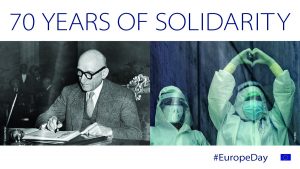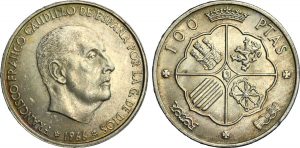Learning to learn from History

Géraldine Schwarz
French-German writer, journalist and filmmaker, author of the bestseller “Those Who Forget: My Family’s Story in Nazi Europe – A Memoir, a History, a Warning“

Géraldine Schwarz
French-German writer, journalist and filmmaker, author of the bestseller “Those Who Forget: My Family’s Story in Nazi Europe – A Memoir, a History, a Warning“

Social networks are just that – networks – webs of transmission that intersect and overlap. Memory also circulates through webs and networks, as different groups define themselves and their identities according to certain understandings of the past, understandings that can conflict with those of other groups. When versions of the recollected past are built and circulate through social media, they are supported by the likes and dislikes, the agreements and disagreements that these platforms enable.

On 26 March 2019, the Barcelona city government installed an upright historical marker in front of the local headquarters of the National Police in the centrally located thoroughfare of Via Laietana. The gesture was all but a symbolic act of remembrance that might have gone unnoticed except for the media firestorm that it touched off on social media. The reason: it was a troubling reminder of torture.

Forty-four years passed between the interment of Franco on 23 November 1975 and his exhumation on 24 October 2019. In Spanish society, a range of feelings have been expressed about the final location of the person who was dictator for four long decades. His death and burial in the Valle de los Caídos (Valley of the Fallen) had a strong impact in the media and in society that was almost paralysing. This was due more to the political consequences Franco’s death would have than to the formal procedure of his funeral. The ceremony within the basilica, which culminated with the placing of a slab engraved with his name and the obligatory protocol, was accompanied outside by Falangists, traditionalists, ex-prisoners, provisional second lieutenants, Legionnaire knights, brotherhoods of fighters, Portuguese Viriatos and members of the Portuguese secret police (PIDE), Romanian iron guards, Croatians, Italian fascists and German neo-Nazis, in a multicolour landscape of blue, black and brown shirts adorned with the medals of Mussolini, Hitler, Salazar and Franco. The monument erected under the direction of Franco with the labour of Republican political prisoners already fulfilled the purpose for which it had been constructed. It housed the embalmed body of Francisco Franco, Caudillo de España por la Gracia de Dios (Leader of Spain, by the Grace of God), as he was called insistently by his entourage of hagiographers from 1939, the end of the Civil War.

The work of memory is a process. The conclusions of comparative examples and theoretical cases help us – or should help us – to learn from history and its memorial transmission and apply new formulas that draw on more and better engagement from our fellow citizens. This is the engagement that guides our actions, research and efforts to mobilize professional academic processes in and with society in order to build collective memory. The challenge is to hold onto the tension between the varying scales and dimensions of such a process or processes. And this is precisely what we want to share in the present issue of Observing Memories. The aim of our journal is to reflect, learn and share knowledge, but always with a multifaceted engagement from all quarters.